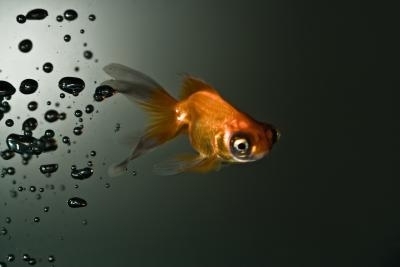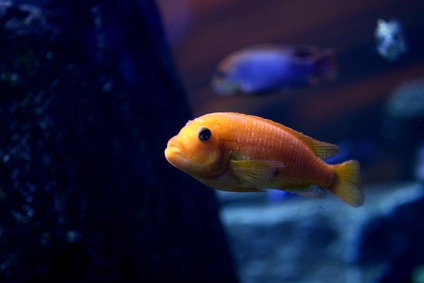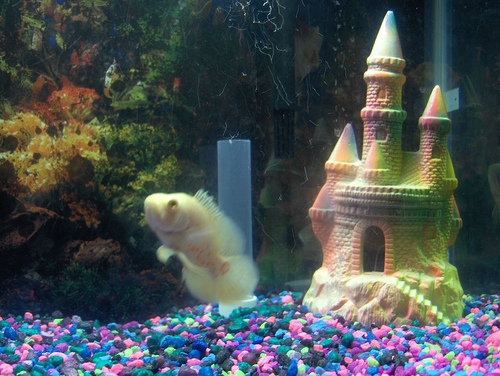
Mollies are great fish. They come in fun and exciting colors and shapes and many of them have great fins. They can be interesting to watch in their tank. However, they are often sold as community tank members and this can lead to problems. Sometimes these fish are rather aggressive and even down right mean to other fish that they share a home with? So, who are the perfect tank mates for the molly?
General Information.
The first thing that you should know is that the mollies require a fairly good size tank. You should have at least 20 gallons for them and a taller tank is better than a longer one. Having adequate space will make your fish more calm and easier to get along with other fish in the tank. Before you decide what fish to put with your mollies you will need to decide if you are putting salt in your tank. Mollies thrive best in brackish water and can actually handle a wide range of water conditions fro fresh to completely marine. For more information on molly care you should check out the article Mollies: Basic Care. After you have chosen your salinity then you can figure out who you want to keep with them.
General Rules.
As a rule mollies can and will bully other fish if they don't have adequate space and there are certain species of fish that are more likely to be bullied. It is also important to choose tank mates that aren't real territorial (unless they like the bottom) and who won't nip at any fins (especially true if you are buying a fancy finned variety such as the sailfin or lyretail).
Freshwater.
You have several options for keeping your mollies in freshwater. Just remember that they aren't always peaceful tank mates.
Brackish Water.
Brackish water is a little more difficult than fresh because finding fish is a little harder and finding information about the different species can also be hard.
Marine Conditions.
Mollies can do well in a saltwater tank (either a fish only tank or a reef tank). However, many feel that they take away from the "marine" look and feel of a tank. You have to decide that for yourself and it is true that a few black mollies can look very lovely in your salt water tank. If you are going to add them to a saltwater tank (or are starting them in a saltwater tank) then it is a good idea to look for peaceful fish that won't attack the mollies. Here are a few, but there are likely many more!
Research.
While these are great options for making your tank you also need to make sure that you are doing the research on the individual fish that you are bringing home. It is a bad idea to bring home a fish and then find out that it is going to get much larger than you had anticipated or that it eats different foods. Therefore plan things out carefully.
Mollies can make great members of a community tank. However, if problems do arise remove the problem molly (usually just one) and place it in a dish. Then you should move around the decorations. Give your other fish awhile to settle in and then add the problem molly back in. He or she will feel like they are in a new place and will be less dominant. Now you have all that you need to keep your mollies in a great tank!
 Cold-Water Fish Types
Cold-Water Fish Types
Cold-Water Fish
Cold-Water Fish Types
Cold-Water Fish Types
Cold-Water Fish
 How to Take Care of a Baby Parrot Fish
How to Take Care of a Baby Parrot Fish
How to Take Care of a Baby Parrot Fish
How to Take Care of a Baby Parrot Fish
 How to Make a Salt Water Fish Tank
How to Make a Salt Water Fish Tank
How
How to Make a Salt Water Fish Tank
How to Make a Salt Water Fish Tank
How
 9 Common Mistakes of Freshwater Fish Owners
Keeping fish in an aquarium
9 Common Mistakes of Freshwater Fish Owners
Keeping fish in an aquarium
 Aquarium Setup
Buying an aquarium is a lot
Aquarium Setup
Buying an aquarium is a lot
Copyright © 2005-2016 Pet Information All Rights Reserved
Contact us: www162date@outlook.com